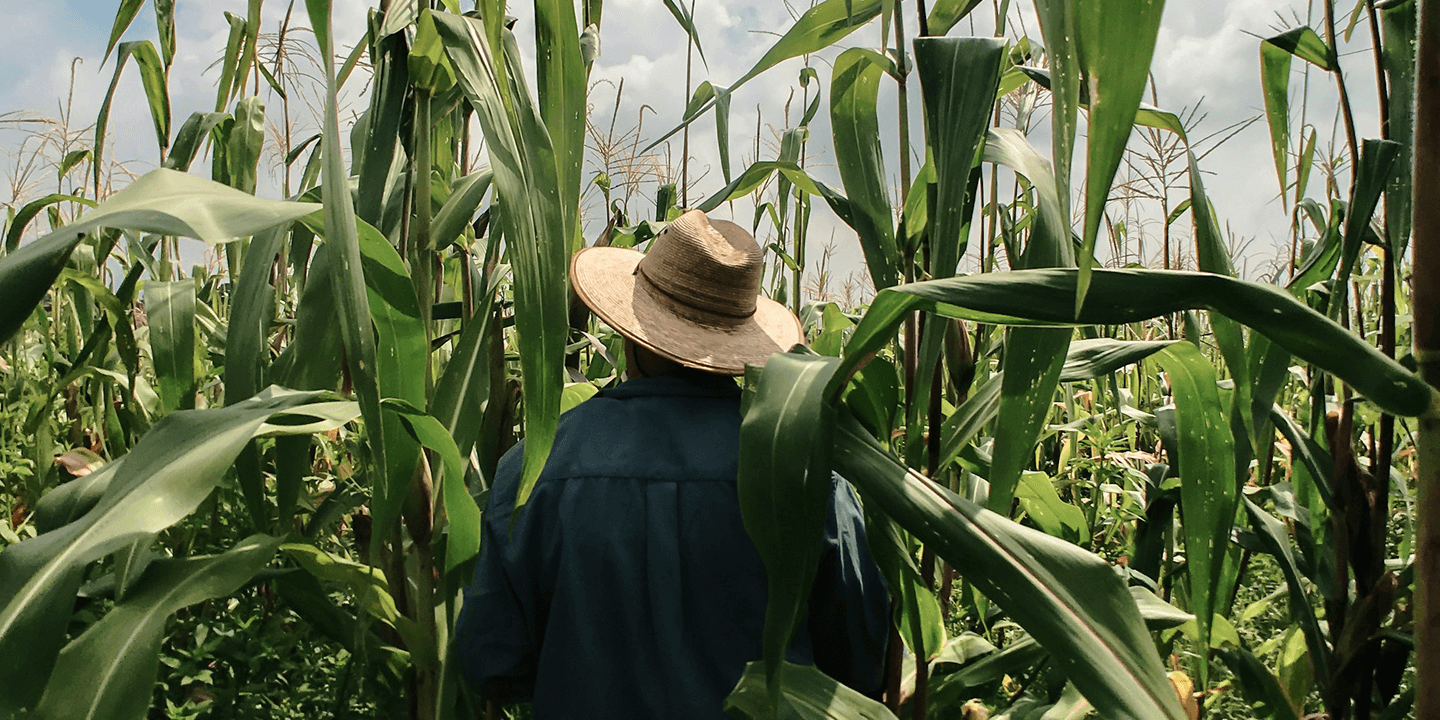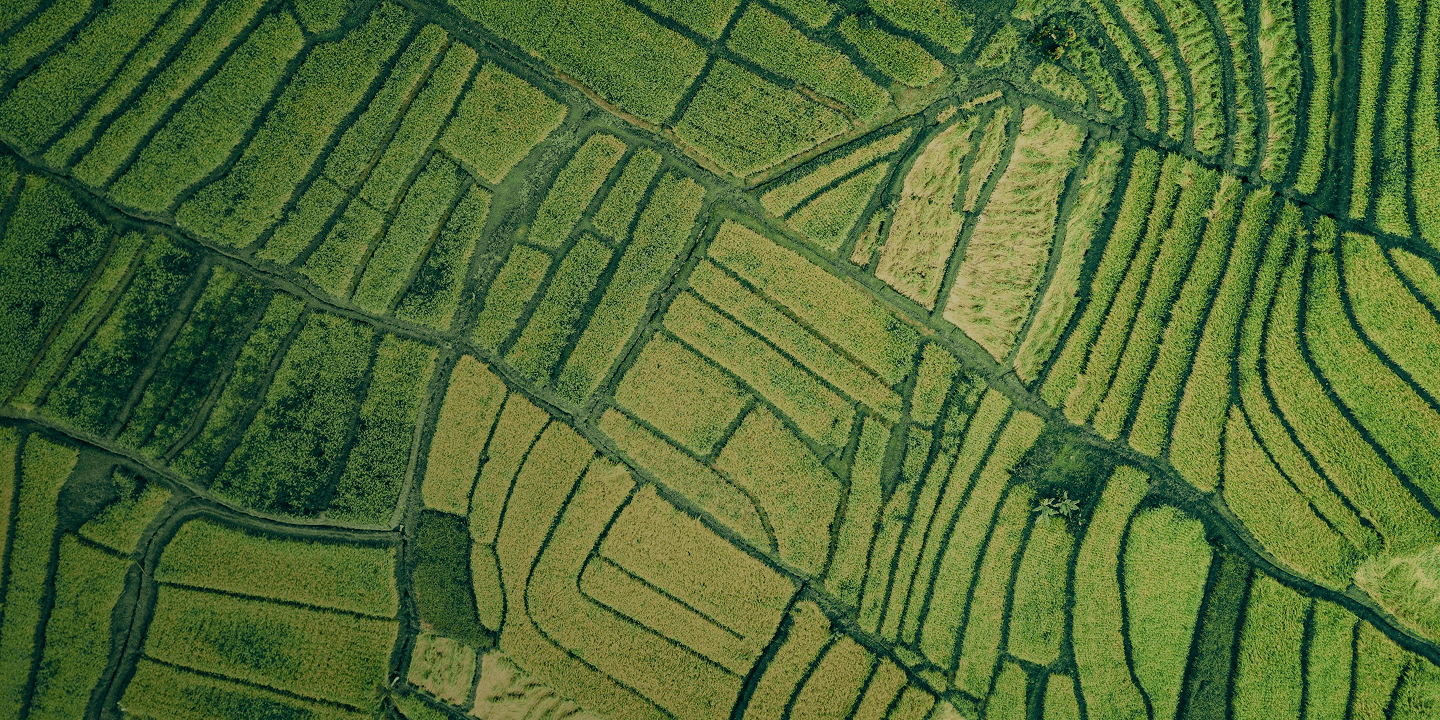As the world ramps up efforts to mitigate climate change, protecting forests plays a vital role in reducing global carbon emissions. The Forest Carbon Partnership Facility (FCPF), managed by the World Bank, offers a transformative approach to forest protection through Jurisdictional REDD+ credits. These credits are designed to finance verified, large-scale emission reductions, addressing deforestation at its core.
What is the Forest Carbon Partnership Facility?
The FCPF is a global initiative that unites governments, businesses, civil society and Indigenous communities. Since its inception in 2008, the FCPF has supported 47 developing countries across Africa, Asia, Latin America and the Caribbean in their efforts to reduce emissions from deforestation and forest degradation (REDD+).
How does the FCPF support forest protection efforts?
The FCPF supports REDD+ efforts through two separate but complementary funds: The FCPF Readiness Fund and the FCPF Carbon Fund.
The Readiness Fund, launched in 2007, provides developing countries with the technical and financial assistance to set up Jurisdictional REDD+ programmes. Countries received support in developing national reference levels, national REDD+ strategies, monitoring, reporting and verification (MRV) systems, as well as inclusive stakeholder engagement programmes.
Launched in 2011, the Carbon Fund provides incentive payments to developing countries for their REDD+ efforts, remunerating countries in accordance with negotiated Emission Reduction Payment Agreements (ERPAs). Countries developed their Jurisdictional REDD+ programmes in accordance with the FCPF Standard’s Carbon Fund Methodological Framework.
Since its launch, the FCPF Carbon Fund has collaborated with 15 countries, contributing US $1.3 billion to forest conservation efforts. It has protected 111 million hectares of forests (an area larger than China) and committed to reducing 144 million tonnes of carbon dioxide emissions. The Carbon Fund’s impact demonstrates the critical role of Jurisdictional REDD+ in addressing deforestation on a global scale.
The FCPF Standard for Jurisdictional REDD+
The FCPF Standard sets the benchmark for addressing deforestation systematically, by focusing on performance-based payments for verified emissions reductions. Consistent with United Nations Framework Convention on Climate Change (UNFCCC) decisions, including the Paris Agreement, the Warsaw Framework, and the Cancún Safeguards, the FCPF Standard applies to national and sub-national jurisdictions, ensuring that emissions reductions are measurable, verifiable and impactful.
Country participants receive performance-based payments for verified emission reductions to ensure that credits reflect actual, measurable impacts. These payments are directed towards local forest-dependent communities and vulnerable groups, enhancing their livelihoods while ensuring effective emission reductions.
FCPF Jurisdictional REDD+ credits play an important cost-effective role in corporate climate mitigation portfolios, especially for corporations with supply chain connections to the countries at hand.
Jurisdictional REDD+ is the future of forest protection
REDD+ credits are transitioning from individual, project-based initiatives to a broader, jurisdictional approach, reflecting a significant market shift in how forest protection is funded and implemented. Jurisdictional REDD+ covers large territories, often extending across millions of hectares, and integrates national and sub-national government policies. These programmes are usually supported by public funding or concessional finance and are structured around broader sectoral interventions, such as land-use regulation and public policy initiatives.
Under the FCPF methodology, baselines use a 10-year average of deforestation rates for the jurisdiction. Credits are only issued if emissions fall below the historical deforestation baseline.
The jurisdictional approach to emission reductions is the future for forestry protection – leveraging both private and public finance and using government authority to regulate land use is instrumental to addressing the root causes of deforestation.

A success story: Viet Nam’s Emission Reductions Programme
Viet Nam’s North-Central Coast Region is one of the most important forested regions in the country. Visitors will know this region for its lush landscapes and national parks, while conservationists know the North-Central Coast Region as one of the most important biodiversity areas in the country. It is home to five internationally recognised conservation corridors and significant populations of 14 globally or critically endangered species such as the Ha Tinh langurs, black monkeys and iridescent white cheeked gibbons. This region is also home to 13 ethnic minority groups which make up some 11.5% of the total population. Nearly all members of these minority groups are involved in forestry-related activities.
In the first year of its crediting period under the FCPF, Viet Nam achieved a reduction in emissions of over 60% from average annual historical emissions. Viet Nam is also the first country in Asia Pacific to receive a results-based payment from the FCPF for its forest protection efforts. Learn more about the Viet Nam Emission Reduction Programme.
FCPF Credits will be available on CIX
For the first time, Viet Nam’s FCPF Jurisdictional REDD+ credits will be available on CIX platforms. This is a unique opportunity for buyers looking to support large-scale, verified forest protection while securing cost-effective, high-quality carbon credits for their portfolios.
Register your interest in FCPF credits here.
Find solutions tailored to your needs

For Corporate Buyers
Buy and retire verified carbon credits and RECs with flexible procurement and deep market expertise to support sustainability goals.

For Traders & Intermediaries
Enhance trade execution and liquidity through robust market infrastructure and efficient settlement with a broad counterparty network.

For Project Suppliers
Tap into a global network of buyers to secure spot or forward demand, while ensuring fair pricing for carbon credit and REC projects.








